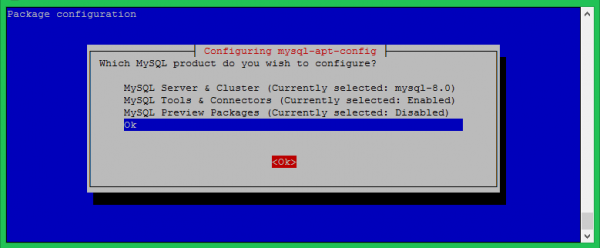

extract the files and install in this order.Take a MySQLDump backup first if required. This may not all be strictly correct, and there may be better ways to do this, however it works for me: Check by using systemctl: sudo systemctl status mysqlĭo not forget to secure MySQL using mysql_secure_installation MySQL should be installed and running now. Having added the repository and with your package cache freshly updated, now you can use apt to install the latest MySQL server package: sudo apt install mysql-server Refresh your apt package cache to make the new software packages available: sudo apt update Once the download is completed install the package : sudo dpkg -i mysql-apt-config*ĭuring the installation, you’ll be presented with a configuration screen where you can specify which version of MySQL you’d prefer, along with an option to install repositories for other MySQL-related tools. To install MySQL 8.0.22 add the MySQL Software Repository sudo apt updateĭownload mysql-server_8.0.22-1debian10_ from MySQL archive or using wget : wget There are three levels of password validation policy, low, medium, and strong.To completely uninstall MySQL follow below steps: sudo apt-get purge mysql* Press y if you want to set up the validate password plugin or any other key to move to the next step. You will be asked to configure the VALIDATE PASSWORD PLUGIN which is used to test the strength of the MySQL users passwords and improve the security.

MySQL installation comes with a script named mysql_secure_installation that allows you to easily improve the MySQL server security. Loaded: loaded (/lib/systemd/system/rvice enabled vendor preset: enabled)Īctive: active (running) since Wed 09:32:48 UTC 17s agoįeb 07 09:32:48 demo systemd: Starting MySQL Community Server.įeb 07 09:32:49 demo systemd: Started MySQL Community Server. The output should show that the service is enabled and running: rvice - MySQL Community Server To verify that the MySQL server is running, type: sudo service mysql status Once the installation is completed, the MySQL service will start automatically. Select OK by pressing Tab and hit Enter (as shown in the image above). We’re going to install MySQL version 8.0. To add the MySQL APT repository to your system go to the repository download page and download the latest release package using the following command.


 0 kommentar(er)
0 kommentar(er)
